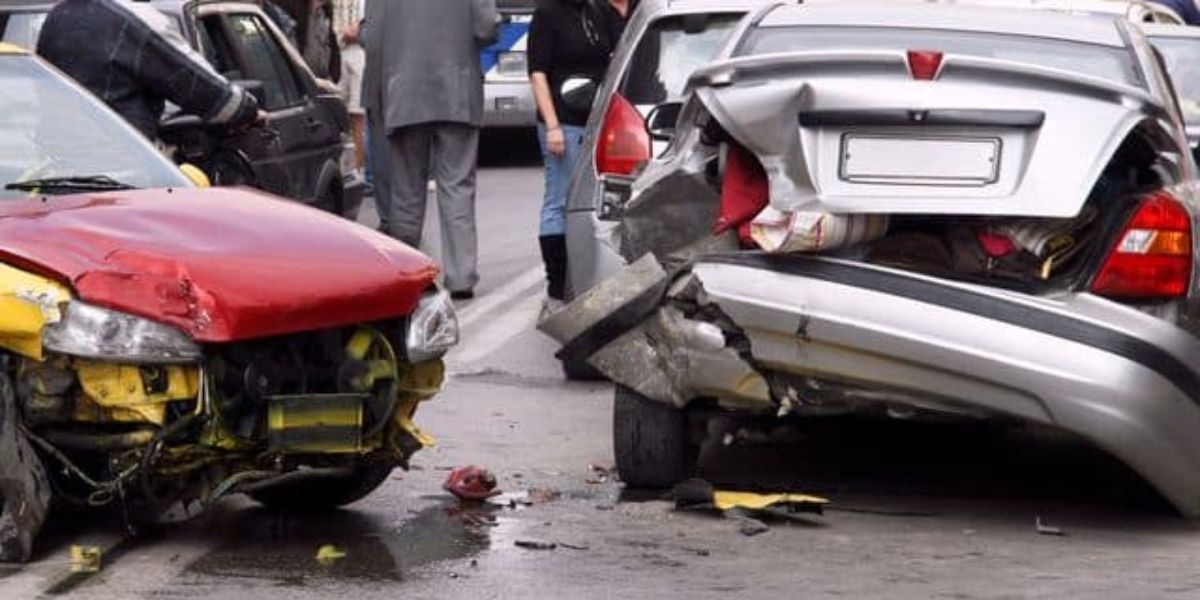St. Louis, Missouri, is well-known for its busy streets, lively culture, and historic sites. However, some metropolitan crossroads have a reputation for accidents due to heavy traffic and intricate road configurations.
Drivers may be vigilant and prevent collisions by knowing which junctions present the most hazards.
These are some of the most hazardous junctions in St. Louis, along with information on how to stay safe and the reasons behind common collisions.
Grand Boulevard & Forest Park Avenue
There is a lot of car and pedestrian traffic at this intersection close to St. Louis University. It is an accident hotspot due to its close proximity to a large educational institution and the prevalence of speeding and running red lights.
Kingshighway Boulevard & Lindell Boulevard
Near Forest Park, this crossroads is frequently clogged with a mix of commuters, visitors, and locals. It frequently has accidents due to the high volume of pedestrian traffic and the intricate turn lanes.
Hampton Avenue & I-44 Interchange
Because of the enormous volume of highway traffic merging here, this crossroads is known for collisions. Frequent fender benders and major crashes are caused by abrupt lane changes at fast speeds.
Natural Bridge Avenue & Union Boulevard
Distracted driving, aggressive driving, and failing to yield are frequently cited as contributing factors in accidents at this intersection.
Traffic patterns are particularly erratic due to the large number of enterprises in the neighbourhood.
Gravois Avenue & Chippewa Street
Because of its diagonal road layout, which might be confusing to drivers who are not familiar with the area, this crossroads has a high accident rate. Red-light infractions and speeding are additional factors that lead to collisions.
Page Boulevard & North Grand Boulevard
This intersection is especially dangerous because of the high volume of commercial traffic, pedestrian crossings, and uneven road conditions.
Skinker Boulevard & Delmar Boulevard
This crossroads, which is close to Washington University and the Delmar Loop, features a mix of significant car traffic, bikers, and students. Multiple collision risks are created by frequent pauses and turns.
Jefferson Avenue & Chouteau Avenue
This crossroads faces ongoing traffic because of its close proximity to downtown St. Louis. Distracted driving and left-turn collisions are two factors that lead to many accidents.
The Reason for the Danger
Cars, trucks, bicycles, and pedestrians must all share space at intersections, which are naturally congested places. The increased risk at specific crossings is caused by a number of variables, including:
- High Volume of Traffic: Accidents are more likely to occur at intersections with more traffic.
- Low Visibility: It may be more difficult for drivers to see other cars or pedestrians when there are obstructions like trees, buildings, or signage.
- Road Designs: Driver mistake may result from intersections with several lanes, unclear signage, or mistimed lights.
- Driving Carelessly: Distracted driving, speeding, and running red lights all dramatically increase the likelihood of an accident.
- Cycling and Pedestrian Activity: The intricacy of junctions is increased in areas with high foot traffic, which raises the risk of accidents.
Read Also: 5 Boca Raton Neighborhoods with the fastest-growing home prices
Numerous crossroads in St. Louis are at high risk of accidents because of traffic, shoddy road construction, and careless driving.
Drivers and pedestrians can lower their risk of being involved in an accident by being aware of these hazardous intersections and adopting safe driving practices.



